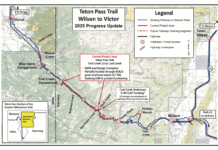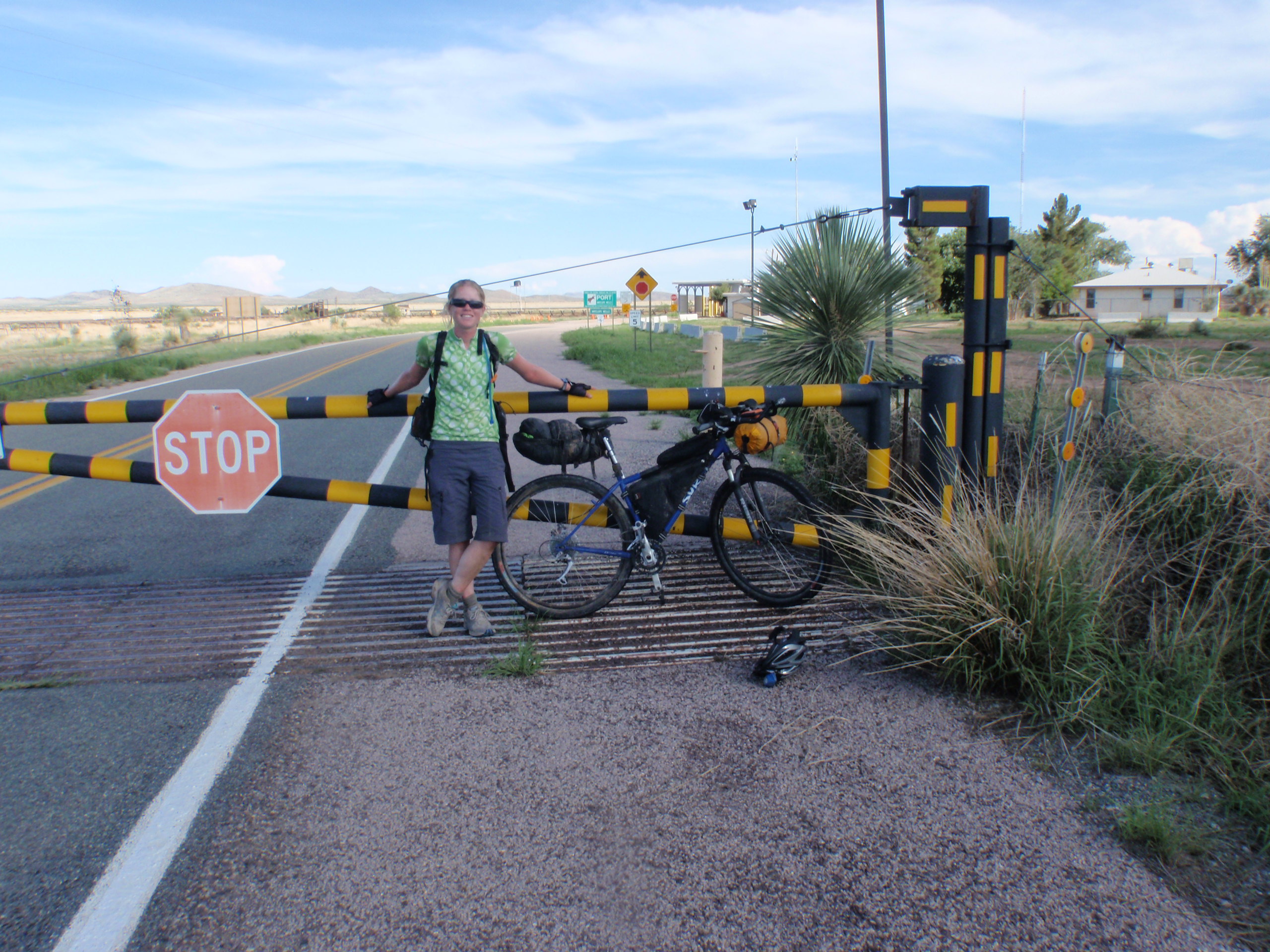By Sarah Bennett
The announcement of the Wasatch Wilderness and Watershed Protection Act being proposed by Representative Jim Matheson earlier this month has given many Salt Lake area mountain bikers pause in recent weeks. Losing sections of the Wasatch Crest Trail, or other well-loved trails in the central Wasatch Mountains due to resource protection measures may someday be a reality, but today it is not.
The wilderness proposal that will soon go before Congress and took two years of stakeholder meetings to craft, is a good thing. It will put constraints on ski area development, protect the quality of our watershed and a help sort out competing winter recreational use in the high peaks. Wilderness designation is the highest level of protection there is for public land and will ensure that these areas of the Wasatch will be left untrammeled, regardless of the whims of future state or federal administrations. “Something had to be done,” said Carl Fisher, Executive Director of Save Our Canyons, the organization that has lobbied for expanding Wasatch wilderness areas for most of a decade, “We all agreed that if we don’t protect some of these areas from development now, no one will be using them for any kind of recreation in the future.”
This bill is largely about water and the protection of the watershed that provides clean drinking water to an ever-increasing and thirsty population along the Wasatch Front. Since the first Wasatch wilderness areas were established in 1984 Salt Lake County’s population has mushroomed from 678,000 to over a million. Some 26,000 acres will be added to the Mt. Olympus, Twin Peaks, and Lone Peak wilderness areas with helicopter access being allowed on roughly 10,000 of those acres. This was a key piece of the proposal that allowed for some resolution of conflicts between backcountry skiers and those who pay top dollar to fly to the top of fabled Wasatch powder runs. Two other key pieces of this legislation will prevent Alta from building a lift up Flagstaff Mountain and disallow the expansion of Snowbird into the White Pine drainage. The inclusion of White Pine in the wilderness expansion and resulting loss of access to mountain bikers irked a few hearty souls but generated only a few calls to Forest Service offices.
The interests of mountain bikers were represented early on in the process by former International Mountain Bicycling Association (IMBA) representative for Utah, Ryan Miller, who consulted with Fisher from Save Our Canyons, the driving force behind the legislation. IMBA’s Wilderness Coordinator, Ashley Korenblatt, based in Moab was also included in discussions. A representative from the Wasatch Area Freeride Trails Association, (WAFTA) participated in early discussions as well, and IMBA signed off on the proposal after wilderness boundaries were drawn to exclude sections of the celebrated Wasatch Crest Trail, the Mill D spur, and the Pipeline Trail in Millcreek Canyon. Access to trails traditionally used by mountain bikers was preserved although scant consideration was given to future trail development in the Wasatch.
The extension of the wilderness boundary into Parleys Canyon with this proposal may affect trail development there and possibilities for connections to the Summit County trail system, but there are currently no plans or trail alignments for that area. Other restrictions to access for mountain bikers where wilderness designation is concerned will be the recently approved 23-mile section of the Bonneville Shoreline Trail that will stretch from the mouth of Parleys Canyon to Draper. Several sections of this trail thread through wilderness areas just above I-215, Wasatch Boulevard and east-side subdivisions making more than 70% of the trail off-limits to mountain bikes.
The Wasatch Wilderness and Watershed Protection Act has a long way to go before it is enacted but its chances for success look good. It has been introduced to the house and is waiting to be heard and debated at a Congressional hearing. It will then go before the House Natural Resources Committee and will then move along to the Senate for approvals before reaching the President’s desk. Likely by this time next year we can gaze to the east and feel rest assured we will have a little more clean drinking water to count on running out of the peaks, in an otherwise unknown future.











